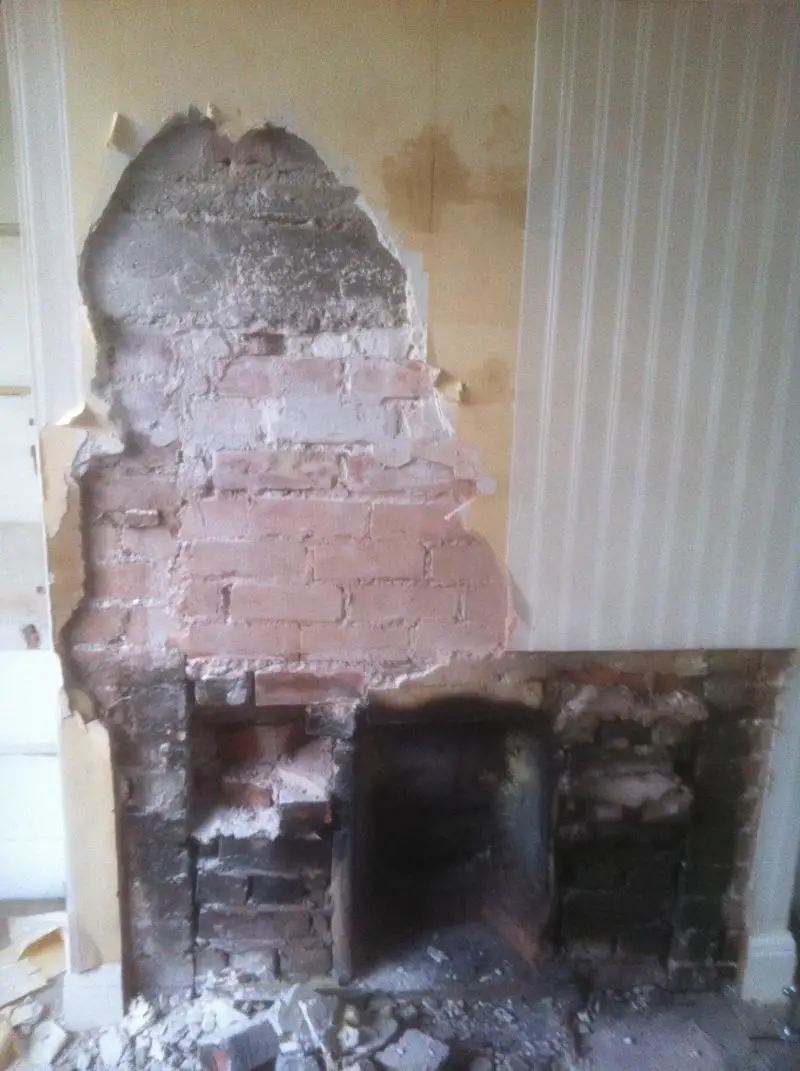I was going to remove an old fireplace with back boiler and replace it with a modern decorative fireplace perhaps with an electric fire just for show but was a little suprise to find a concrete lintel and that it was so high (1920's house and back boiler plumbed in with old size copper pipe). Is this normal? Looks quite a lot of work to remove all the infill up to the lintel height so would there be any issue with just leaving a disconnected back boiler in situ and bricking up / plastering over (leaving an air brick for ventilation)?
Thanks.


